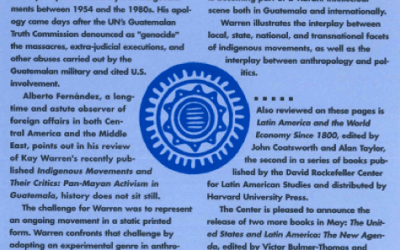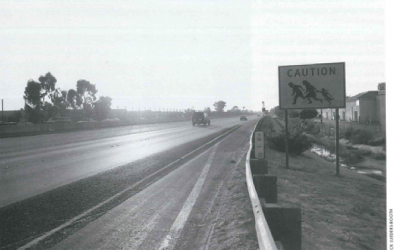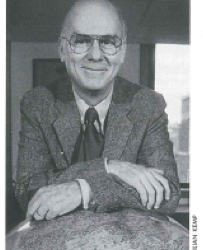Education Through Photography
Finding A Voice
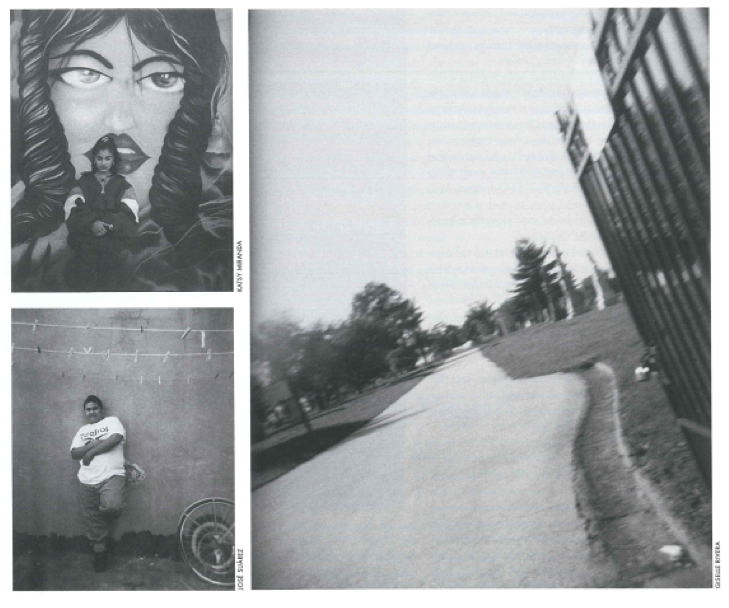
From 1995 to 1997, more than 80 Latino children in Philadelphia’s barrio participated in City Clickers, a photography and creative writing program that I created and implemented with the financial support of the echoing green foundation. The program was originally designed to give 11 to 14-year old recent immigrants from Puerto Rico and the Dominican Republic the opportunity to use photography as a means of communicating while learning English at the same time. However, it soon became apparent that photography was not just a tool for the children to learn and improve their English, but one that allowed them to develop a voice.
The children, all of whom were provided with simple cameras of their own, ventured into the community to document different aspects of their lives and to capture their realities. As they did so, they developed a voice-a voice reflected in their images.
Wolfran’s photograph of barbed wire is powerful, since the wire was placed on each window at his school; the particular window captured by Wolfran was one of the many facing the school patio, a patio in which students were never allowed to play. Giselle’s photograph reveals one of the places that most impacted her on her daily walks to and from school: the cemetery located less than one block away from school. Astonishing as well is Gilda’s photograph of her sister on her bed in her bedroom. The curtains and lace in the bed, the whole mood of her bedroom evokes an oasis of ethereal beauty and safety amidst a neighborhood drug and gun-ridden.
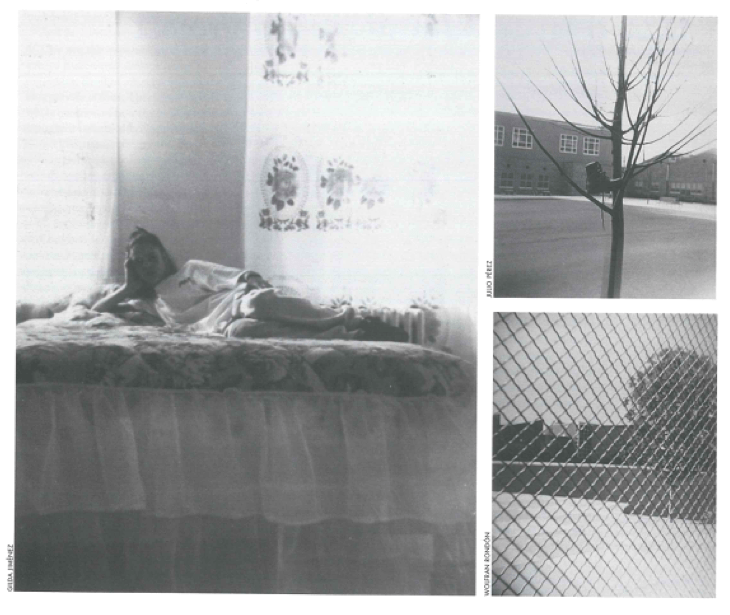
Aryannis’ photograph, in contrast, depicts darkness from which her sister emerges wearing her best dress. Julio explores the question of isolation in his photograph of a boot lodged into the branches of a lonesome, barren tree.
There were no rules as to what the children could and could not photograph. Some focused on making self-portraits, others photographed friends, some photographed their families, usually focusing on younger children or grandparents. Others explored the landscape of the barrio. Ultimately, however, the children were the sole decision-makers in the portrayals of their lives. The photographs that the Latino/a children took as part of City Clickers are a testament to the power of their voice, be it poetic, subtle or hard to swallow. The beauty resides in the strength of their voices.
Spring 1999
Adriana Katzew is a doctoral student at the Harvard Graduate School of Education in the Learning and Teaching program. She is interested in visual media as a means to empower Lationala youth.
Related Articles
Editor’s Notes: Booknotes
On March 10, 1999, President Clinton apologized to the people of Guatemala for the support provided by the U.S. government to that country’s repressive military-backed governments…
Society and Education
As a member of UNESCO’s International Commission on Education for the Twenty-First Century, I’ve come to realize that education is about much more than books. It’s about the “four pillars of…
Noel McGinn’s Life of Learning
Noel McGinn, professor of education, had a normal American childhood in a small, sleepy town directly south of Miami-but 1200 miles south and across the Caribbean, in the Panama Canal Zone…

